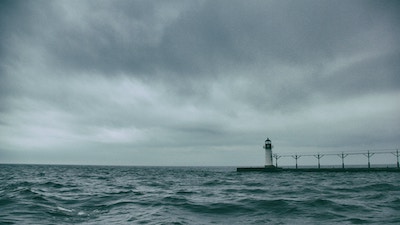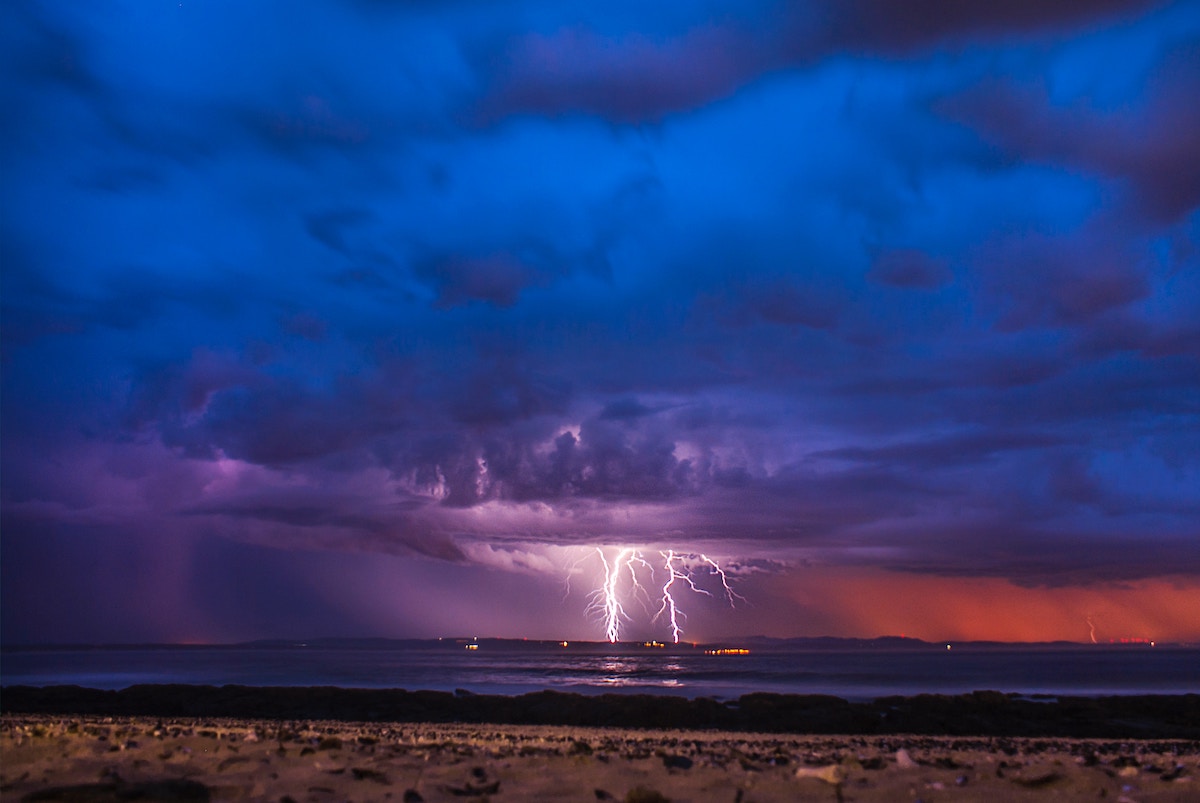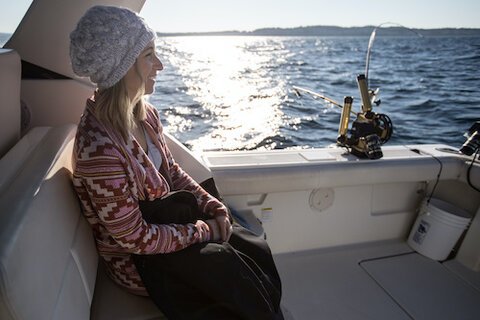When it comes to safe boating and weather, we seek balance. Enjoying the ever-changing environment is among boating’s lures. But keeping a “weather eye”—watching for storms, waves, winds, cold and heat—helps keep the fun safe. And so, we balance our thirst for adventure with a healthy dollop of caution.
We consider both official weather and safety information, and our own observations and experiences. We know that no two boats are exactly alike, no two captains equally skilled, no two hours afloat spent in precisely the same weather setting. We blend an honest assessment of those factors with information and our experience, and, if the mix is in our favor, launch or cast off. Don’t worry if you don’t know everything about weather. You’ll learn as you go, and can even take a class in person or online. Meanwhile, count on the experts, play it conservatively, and enjoy boating.
Best Boating Apps: Navigation, Fishing, Weather & More
Weather for Boaters: What to Watch Out For
The U.S. Coast Guard, in its “A Boater’s Guide to the Federal Requirements for Recreational Boats,” offers these clues to an approaching weather change, which usually brings the most challenging conditions.
Signs of bad weather approaching for boaters:
- Flat clouds getting lower and thicker;
- Puffy, vertically rising clouds getting higher;
- Dark, threatening clouds, especially to the west/southwest;
- A sudden drop in temperature;
- A halo around the sun or moon;
- Increasing wind or a sudden change in wind direction;
- Flashes on the horizon;
- Seas becoming heavy;
- Heavy AM radio static, which can indicate nearby thunderstorm activity.
If caught in severe weather, the Coast Guard advises:
- Reduce speed to the minimum that allows continued headway;
- Make sure everyone on board is wearing their life jacket;
- Turn on running lights;
- If possible, head for nearest safe-to-approach shore;
- Head boat into waves at a 45-degree angle;
- Keep bilges free of water;
- Seat passengers on the bottom of the boat, near the centerline
- If the engine fails, deploy a sea anchor (or bucket if there’s no sea anchor aboard) from the bow;
- Anchor the boat if necessary.
Learn More in Hurricane Preparation for Boaters
Official Marine Weather Forecasts
Begin with professional forecasts—television or radio predictions, or detailed broadcasts such as NOAA (National Oceanic and Atmospheric Administration) Weather Radio marine forecasts. The National Weather Service website weather.gov will connect you with the NOAA forecasts and other weather information, including a glossary of weather terms. Online weather apps, such as Weather Underground, offer detailed forecasts as well as real-time and time-lapse radar and satellite imagery.
Understanding Waves
Weather forecasts often include predictions of wave heights. How are waves measured?
A wave’s height is the distance between the bottom of its trough and the top of its crest. Boaters quickly learn that when a wave height range is forecast—say, 2- to 4-footers—there’s a very practical difference between the two extremes: hope for the smaller but be prepared for the larger! And remember that waves can quickly grow larger in storms. Less often reported is steepness: the ratio between the wave height and the distance (or time) between crests. The closer together, the steeper waves are—and often the more troublesome to boaters.

Climate and Water Levels
Weather over a long period helps determine climate. And whether it’s weather or climate that renders your favorite waters lower or higher than normal, don’t neglect its impact on your safety.
Think of your charts—paper or electronic—as a snapshot taken at one moment of features such as depths and obstacles. All that can change. High water might render launches difficult, or cover obstacles that would normally be high, dry and visible. Conversely, low water could make hazardous some areas through which you’d normally travel worry-free.
On moving water such as rivers and flowages, research the flow rate. Too much or too little can make boating a hassle, if not a hazard. Recent weather may have loosed logs and other potentially dangerous items too.
Rip currents, tides and other water movement can affect your outing. Canvas local experts for insights.
And if there’s a hurricane or tropical storm on the weather horizon, turn your attention to updated weather reports (NOAA’s National Hurricane Center is at nhc.noaa.gov), and storm-prep advice from knowledgeable sources.
Additional Weather Safety Tips for Boaters
While the boat should be prepared for bad weather, so should its occupants. Hot weather can be dangerous; take and use plenty of waterproof sunscreen, SPF clothing, and lots of water. Boating can turn cold and wet too, so make sure there’s rain gear and insulating layers available for those who can’t duck inside if the weather turns foul.
At the first sign of trouble, get that life jacket on. Better yet, wear it before there’s sign of danger, because weather and other conditions can change so rapidly, leaving no time to retrieve and don a personal flotation device.
Read Next: Life Jackets, Vests & PFDs Safety Guide
Looking for more on boating safety? Read...
- Boating Safety Guide
- Sunscreen & Sun Safety
- Boat Safety Checklist & Safety Equipment List
- Sailing Safety Guide
- Life Jackets, Vests & PFDs: How to Choose the Right Fit


